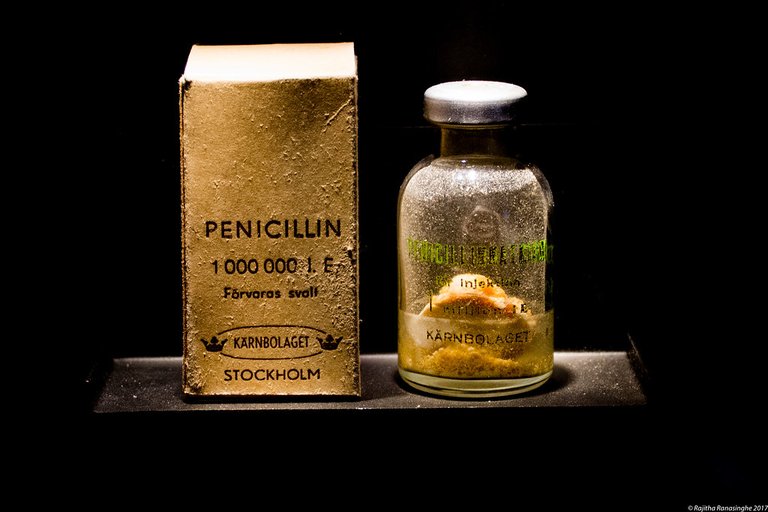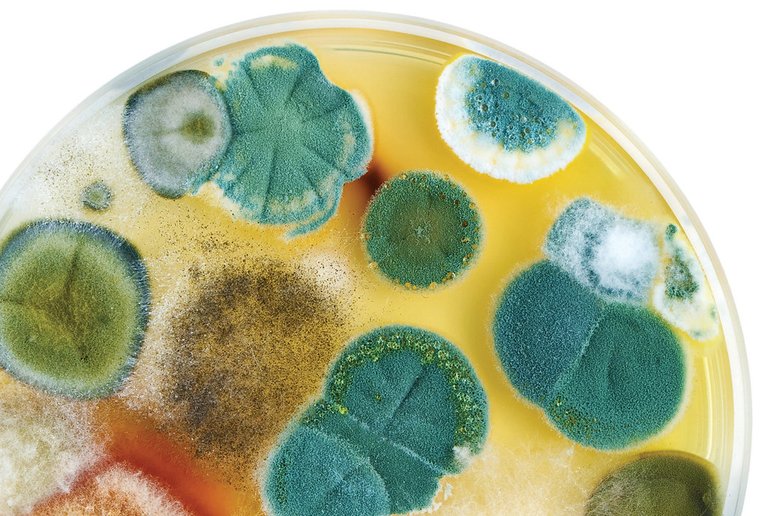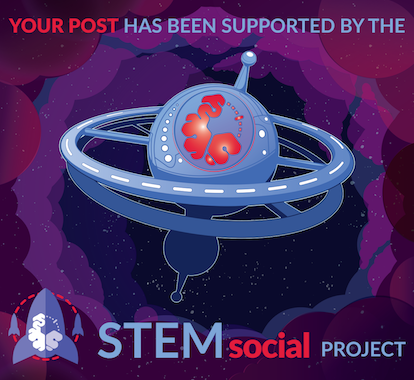Penicillin is the world's most famous antibiotics, and Alexander Fleming is famous for the discovery but then, how did Penicillin become the antibiotics of choice for treating bacteria infection.
To get a glimpse of how penicillin left the lab bench to the pharmacy counter, we will need to look at the beginning in 1906 where Almroth Wright employed Flemming when trying to increase his inoculation department after developing the first vaccine against typhoid fever. He was going to need Fleming to assist on improving his research on Vaccines and antiseptics to treat various infectious disease.
Fleming at the lab was researching on another antimicrobial known as Salvarsan, an anti syphilis drug. After world war 1 were research was done on wounds of soldiers, it was seen that germ theory which was established didn't do much as antiseptics in preventing infections wasn't efficient as it killed too many white blood cells in the patients and this encouraged infection.
After the war, Fleming decided to look into how to solve that problem and in the process decided to drop some of his nasopharyngeal mucus on a petri dish full of bacteria. He left the dish with the mucus for 2 weeks and came back to see bacteria growth on the dish except in places where his mucus were. He decided to test saliva, blood, semen, pus, and other bodily fluid on petri dishes full of bacteria. A lot of the bodily fluid had different antimicrobial properties, and they also tested fluids from plants and animals to see what result they will get as all of them had a certain degree of antibacterial effect when put in a dish.
The experiment of Fleming showed that something in the fluid killed those bacteria, and he named it Lysozyme. The bodily fluid wasn't successful in killing bacteria that causes disease so he had to keep looking for a breakthrough. Fleming decided to leave a sample of Staphylococcus before going on vacation, and one of the culture was contaminated by a fungus but on observation, he noticed that there was a ring around the penicillium fungi that didn't have a visible staphylococcus. This made him to say that a chemical in the penicilium lysed the bacteria which he named Penicillin in his 1929 paper.
While Fleming named Penicillin, he wasn't the first to notice the antimicrobial effect of penicillium. Ancient Egyptians used molds against infected wounds and infections. Scientist such as John Tyndall described antimicrobial effect of mold far before Fleming.
Staphylococcus is a gram positive bacteria that stains purple in gram stain which reveals its thick outer wall made of peptidoglycan. Penicillin has the beta-lactam ring in it which binds with transpeptidase preventing it from catalyzing its reaction which means the inability to create new cell walls for the bacteria, and existing cell wall becomes weak and collapses. They realize that while it was effective on gram positive bacteria streptococcus, it was less effective on the bacteria Rickettsia prowazekii which was a gram negative bacteria that causes typhus. This is because gram negative bacteria have a thin cell wall, then another cell membrane, and the cell membrane was a barrier.
While penicillin was tested for safety in lab animals, they were not used to treat animal diseases. In 1935, IG Farben, a german company created sulfanilamide and this drug was used to treat Staphylococcus and Streptococcus, making Fleming research sit on the shelve without any proper use. Over time Howard Florey, Ernst Chain, Norman Heatley, Eward Penley Abraham, and other expert researched on Fleming's paper on penicillin. Chain and his team started to isolate penicillin from penicilium mold.
To test penicillin, they decided to use lab mice which they injected with Streptococcus pyogenes, Staphylococcus Aureus, and Clostrdium Septique. They seperated some mice into control group and began the testing. During the treatment all 25 of the streptococcus pyogenes infected mice died when untreated while only 1 of 25 died when treated. In the Staphylococcus aureus, all 24 mices died when not treated with penicillin, while only 3 died when given penicillin, while in the clostridium septique, all 25 of the mice died when not treated, while only 1 died when treated. They published their finding in the Lancet Volume 236, ISSUE 6104, P226-228, August 24, 1940 with the topic "PENICILLIN AS A CHEMOTHERAPEUTIC AGENT"
While penicillin was going to save lives, there was not enough being cultured to save a life. They needed to look for better species of penicillium the produced penicillin the most, how to ferment them to grow the mold large scale and processing the penicillin at a large scale.
Reference
https://www.jstor.org/stable/20312583
https://academic.oup.com/cid/article-abstract/3/6/1251/313751
https://www.ncbi.nlm.nih.gov/pmc/articles/PMC3109405/
https://www.ncbi.nlm.nih.gov/pmc/articles/PMC5403050/
https://www.ncbi.nlm.nih.gov/pmc/articles/PMC4520913/
https://www.acs.org/education/whatischemistry/landmarks/flemingpenicillin.html
https://www.ncbi.nlm.nih.gov/pmc/articles/PMC5369031/
https://www.ox.ac.uk/news/science-blog/penicillin-oxford-story
https://www.ncbi.nlm.nih.gov/pmc/articles/PMC10497278/
https://www.ncbi.nlm.nih.gov/pmc/articles/PMC8868473/
https://www.thelancet.com/journals/lancet/article/PIIS0140-6736(01)08728-1/fulltext
https://journals.lww.com/clinorthop/fulltext/2005/10000/the_classic__penicillin_as_a_chemotherapeutic.7.aspx
https://www.ncbi.nlm.nih.gov/books/NBK554560/


